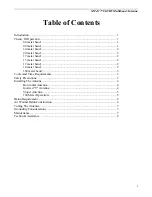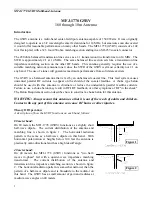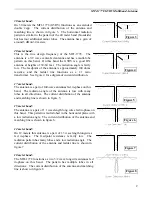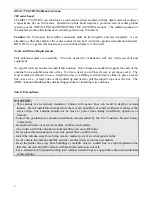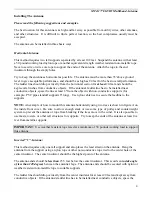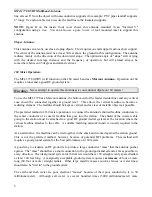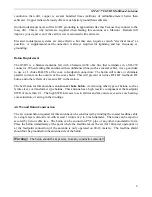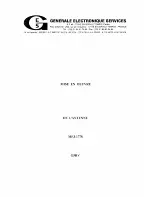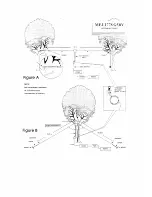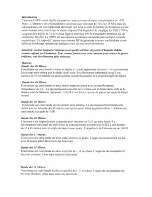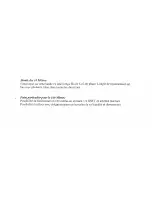
MFJ-1778 G5RV Multiband Antenna
6
conductive than dirt, copper is several hundred times (millions of milliohms/meter) better than
saltwater. Copper radials obviously offer a much better ground than saltwater.
Ground rods almost never suffice for RF grounding in applications like this because they connect to the
lossy dirt. This is why radials are required when feeding this antenna as a Marconi. Radials will
improve your signal even if the earth is wet or saturated with salt water.
Elevated counterpoise systems are also effective, but they also require as much "electrical mass" as
possible. A supplemental earth connection is always required for lightning and low frequency ac
grounding.
Balun Requirement
The G5RV is a balanced antenna fed with a balanced 450 ohm line that terminates in a SO-239
connector. When feeding this antenna with an unbalanced line (such as coaxial cable), it is a good idea
to use a 1:1 choke BALUN at the coax to feedpoint connection. The balun will reduce or eliminate
parallel currents on the outside of the coax shield. This will prevent or reduce RFI, RF feedback, RF
burns, and other effects of excessive RF in the station.
The best balun for this antenna is an
air-core choke balun
. Avoid using other types of baluns, such as
ferrite sleeve or transformer type baluns. This antenna has a high reactive component at the feedpoint
SWR of more than 2:1. The high SWR increases loss in ferrites and may cause excessive core heating,
core saturation, or arcing in the windings.
Air Wound Balun Construction
The air wound balun required for this antenna can be constructed by winding the coaxial feedline cable
in a single layer solenoid coil with at least 10 turns of 4 to 6 inch diameter. The turns can be taped or
secured by nylon cable ties. The balun can be wound on PVC pipe or any other non-metallic form.
Place the balun immediately at the point where the feedline leaves the air (for 160 meter operation) or
at the feedpoint connection (if the antenna is only operated on 80-10 meters). The feedline shield
should not be grounded on the antenna side of the balun.
Warning:
The balun should be kept away from any conductive material!


